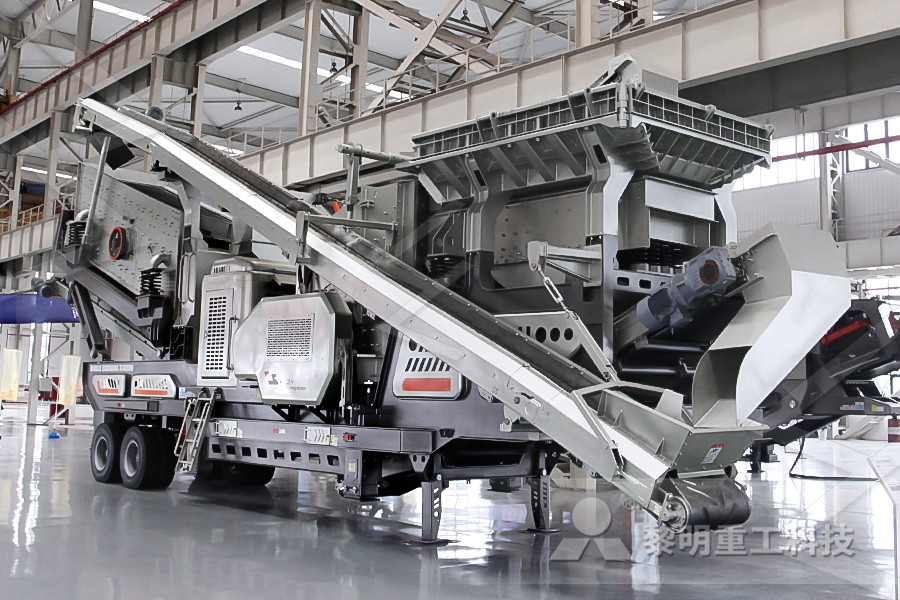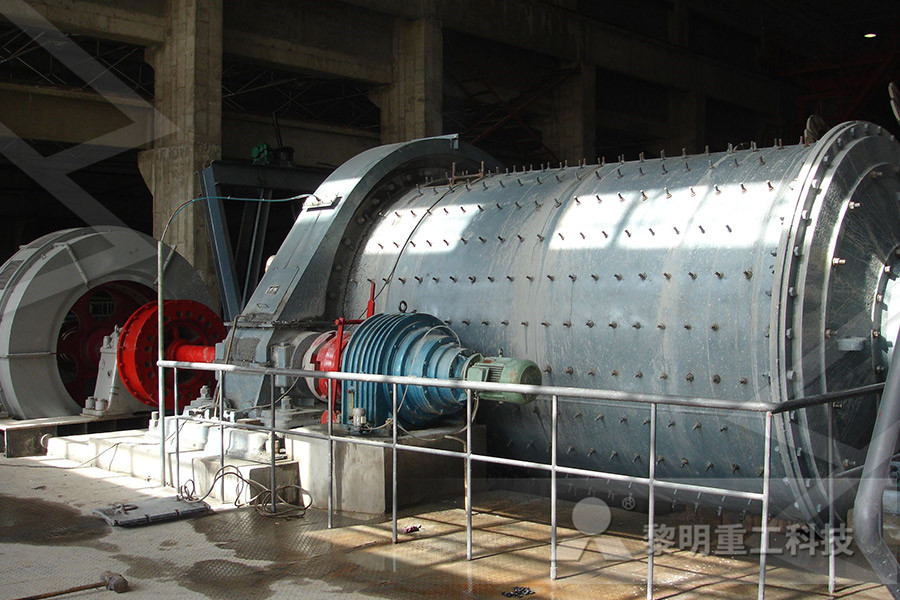
Lowcarbon production of iron and steel: Technology
The production of steel from the DRIEAF route exceeded 90 million tons in 2018 (5% global production), 4 with DRI sponge iron production over 100 million tons 15 India (coal feedstock) and Iran (gas feedstock) are the leading countries in producing DRI Overview of iron and steel production World crude steel production exceeded 1,808 million tons in 2018 and had a 45% growth compared with the 2017 level 4 Three dominant production processes contributed to 996% of steel HM production (Figure 2) as follows:Lowcarbon production of iron and steel: Technology The iron and steel production source category consists of facilities with any of the following processes: • Taconite iron ore processing • Integrated iron and steel manufacturing (production of steel from iron or e or iron ore pellets) • Coke making not colocated with an integrated iron and steel manufacturing process •Iron and Steel Production US EPA globally traded commodity, iron and steel production has tripled production since 2000, and 2018 saw $25 trillion in sales4 It is also an enormous source of greenhouse gases: today’s dominant production pathway BFBOF is very carbon intensive (see Table 1), whereas the iron and steel industry generates roughly 6% of global COLowcarbon production of iron and steel: Technology Production of iron and steel is an energyintensive manufacturing process In 2006, the iron and steel industry accounted for 136% and 14% of primary energy consumption in China and the US, respectively (US DOE/EIA, 2010a; Zhang et al, 2010)A Comparison of Iron and Steel Production Energy

125 Iron And Steel Production US EPA
The production of steel at an integrated iron and steel plant is accomplished using several interrelated processes The major operations are: (1) coke production, (2) sinter production, (3) iron production, (4) iron preparation, (5) steel production, (6) semifinished product preparation, (7) finished Overview of the Steel and Iron Ore Market, December 2020 Overview of the Global Steel and Iron Ore Market Production Trends: China Source: Economist Intelligence Unit (EIU) In 2019, Chinese steel production rose 8 percent YoY to 993 million tonnes, accounting for 54 percent of global steel output Despite the pandemic, in January–August 2020Overview of the steel and iron ore market 2020The use of EAFs has expanded and now accounts for nearly 2/3 of steel production in the United States The EAF is different from the blast furnace as it produces steel by using an electrical current to melt scrap steel and/or direct reduced iron The EAF uses scrap steel and electricity to produce molten steelSteel Production American Iron and Steel Institute 22 Short history of iron powder Industrial production of iron powder started in 1937 on the incentive of General Motors Corporation in the USA Höganäs was active since 1922 in producing a highquality sponge iron to be used by the Swedish steel industry as highpurity melting stock for the production of special steels like toolsteel and stainless steel Initial tests in 1937PRODUCTION OF IRON AND STEEL POWDERS What’s the difference between Iron and Steel? Aside from the fact that Iron is an element that occurs naturally and Steel is an alloy The main difference between Iron and Steel is the amount of carbon they contain Anything with a carbon content above 2% is cast ironThe Incredible History of Iron and Steel An Expert